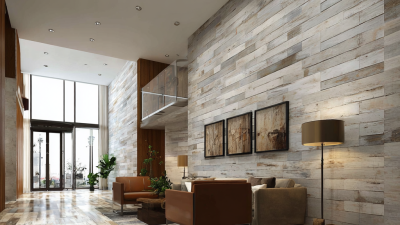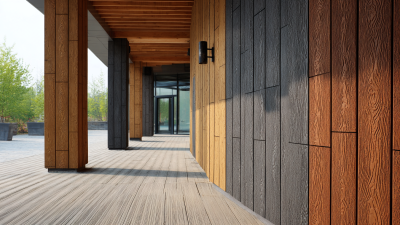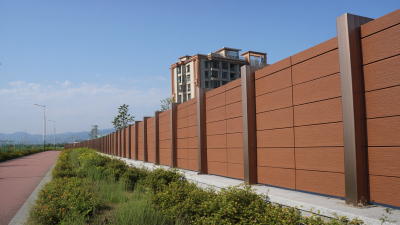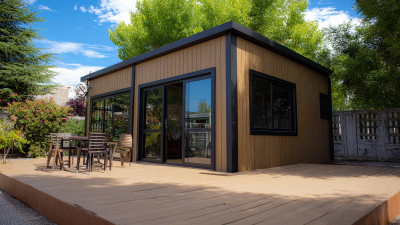Leave Your Message
When it comes to enhancing the aesthetic appeal and durability of your home’s exterior, choosing the right material is crucial. One popular option that has gained traction in recent years is Wpc Wall Cladding. Combining wood and plastic, Wpc Wall Cladding offers a range of benefits, including resistance to moisture, minimal maintenance, and exceptional longevity. However, with various styles, colors, and qualities available in the market, selecting the best Wpc Wall Cladding for your home can be a daunting task. This guide will walk you through key considerations, helping you to evaluate your specific needs, budget, and design preferences. By understanding the unique features of different Wpc Wall Cladding products, you will be better equipped to make an informed decision that not only enhances your home’s exterior but also aligns with your lifestyle and values.
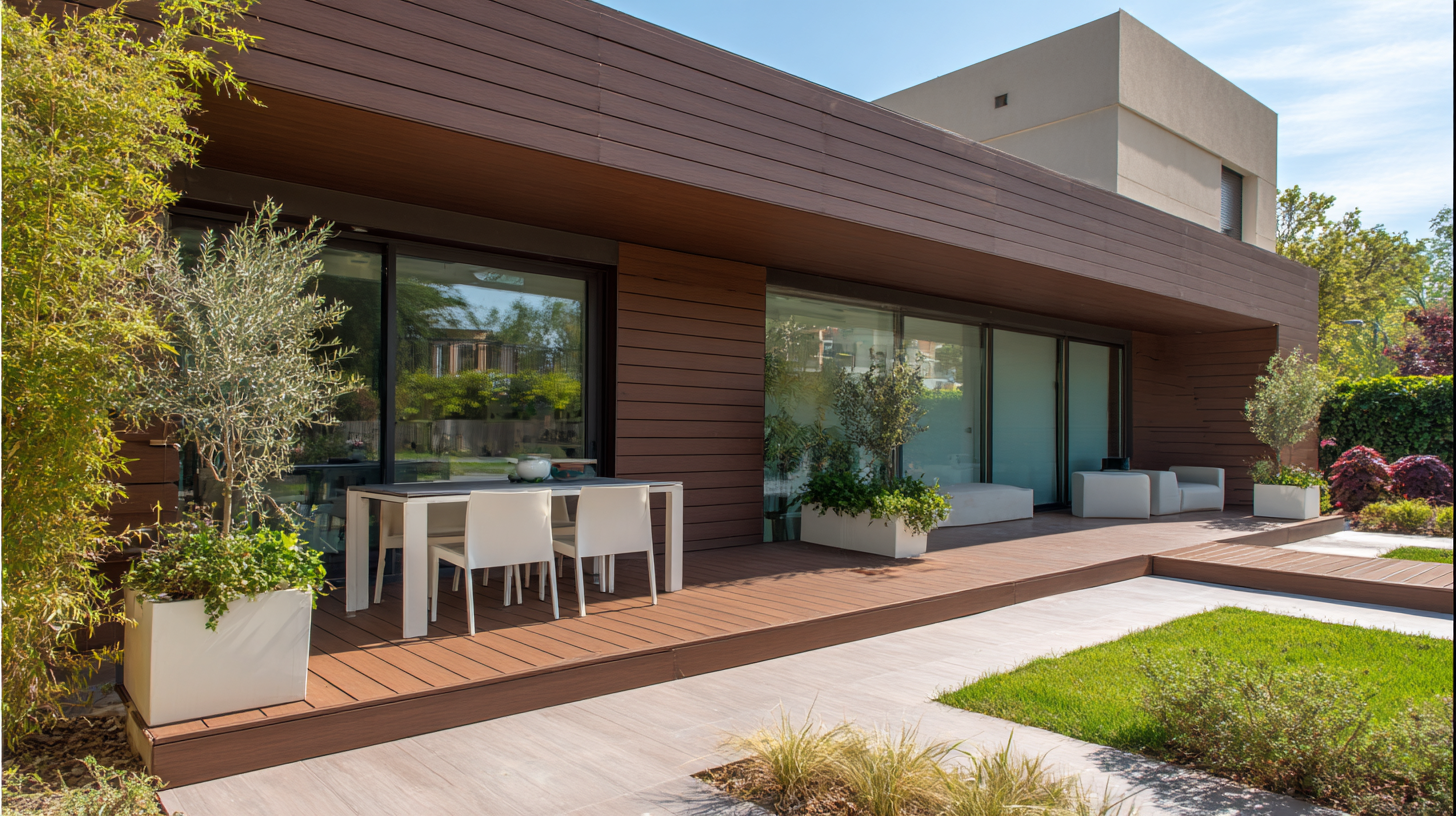
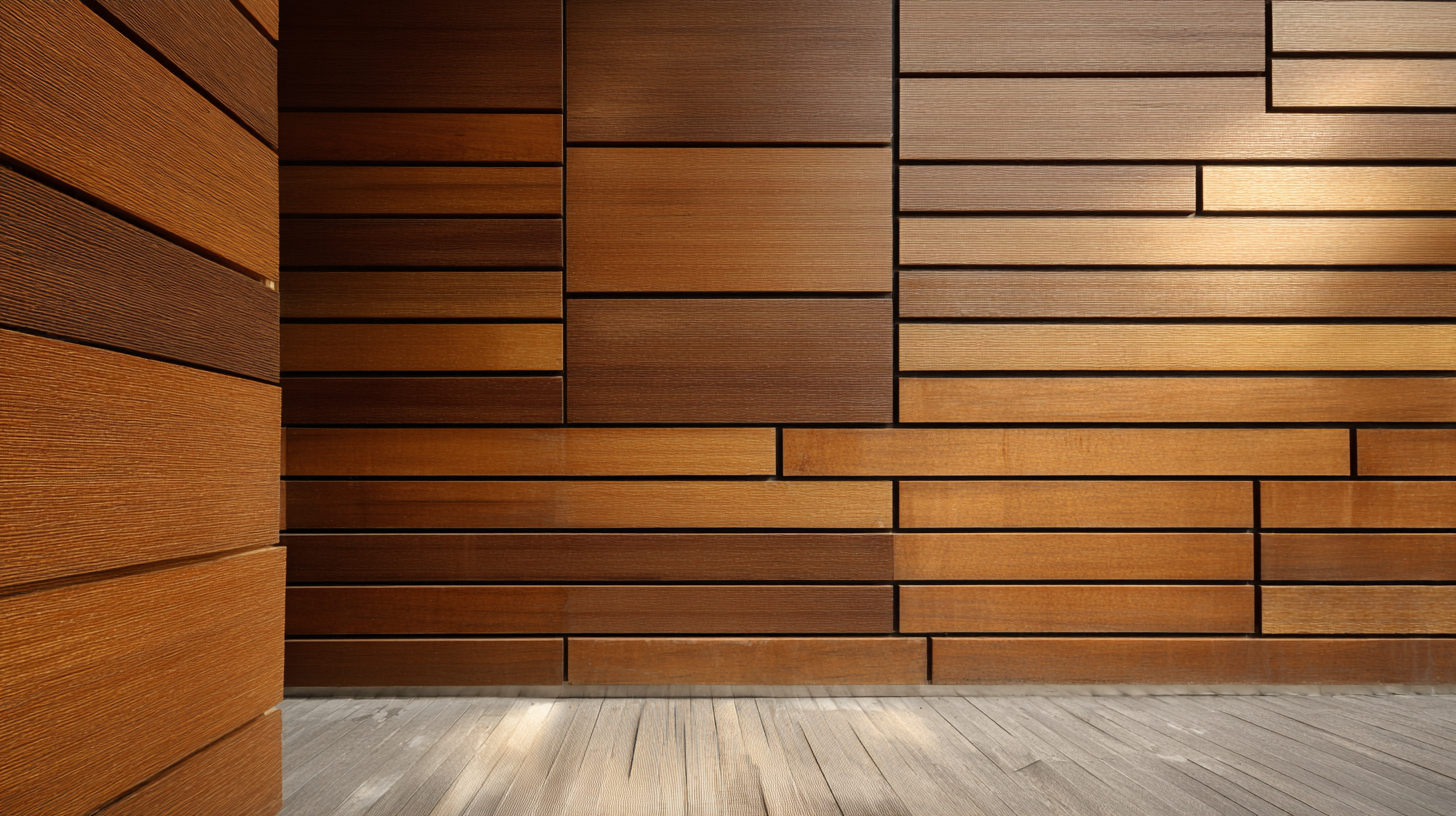 When choosing WPC wall cladding for your home, several factors can influence your decision. First, consider the design and aesthetic you want to achieve. WPC wall cladding is available in a range of colors, textures, and finishes, allowing you to choose options that complement your existing decor. Think about the overall theme of your home—whether it’s modern, rustic, or minimalist—as this will guide your selection.
When choosing WPC wall cladding for your home, several factors can influence your decision. First, consider the design and aesthetic you want to achieve. WPC wall cladding is available in a range of colors, textures, and finishes, allowing you to choose options that complement your existing decor. Think about the overall theme of your home—whether it’s modern, rustic, or minimalist—as this will guide your selection.
Durability is another critical factor. Look for WPC products that are resistant to moisture, insects, and weathering to ensure long-lasting performance, especially in areas prone to humidity. Additionally, the maintenance requirements of the cladding should be factored in; some materials require more upkeep than others.
Tips: Always request samples to see how the cladding looks in your space under different lighting. This will help you visualize the final outcome more accurately. Additionally, consider the installation process; some WPC walls are designed for easy DIY installation, making them a convenient choice for budget-conscious homeowners.
When selecting wall cladding for your home, understanding the materials involved is crucial.
Wood-Plastic Composites (WPC) have gained popularity due to their unique blend of wood and plastic, offering a robust alternative to traditional cladding options.
WPC materials are resistant to moisture, decay, and insects, making them ideal for various climates. They also require minimal maintenance compared to solid wood, allowing homeowners to enjoy the aesthetic appeal without the hassle of regular upkeep.
Tips:
When choosing WPC wall cladding, consider the color and texture that will best complement your home's exterior. Pay close attention to the manufacturer's specifications to ensure durability and performance. It’s also essential to verify installation guidelines to avoid future issues.
Moreover, the sustainable aspect of WPC is worth noting. Most manufacturers source their materials from recycled plastics and responsibly managed forests. This eco-friendly approach not only reduces waste but also helps in preserving natural resources.
Homeowners can enjoy the charm of wood with the knowledge that they are making a responsible choice for the environment.
Tips:
Review the environmental certifications of potential WPC products, as these can indicate quality and sustainability.
Checking for warranties can also offer peace of mind regarding the longevity of your investment.
When selecting WPC (Wood Plastic Composite) wall cladding for your home, aesthetic appeal plays a crucial role, particularly in terms of color and texture options. The versatility offered by WPC allows homeowners to choose from a wide array of colors, ranging from natural wood tones to vibrant hues, enabling personalization to suit any exterior style. A natural wood look can add warmth and charm, while bolder colors can make a contemporary statement. Homeowners should consider the overall design theme of their property and how different colors may impact the visual flow and cohesion of their space.
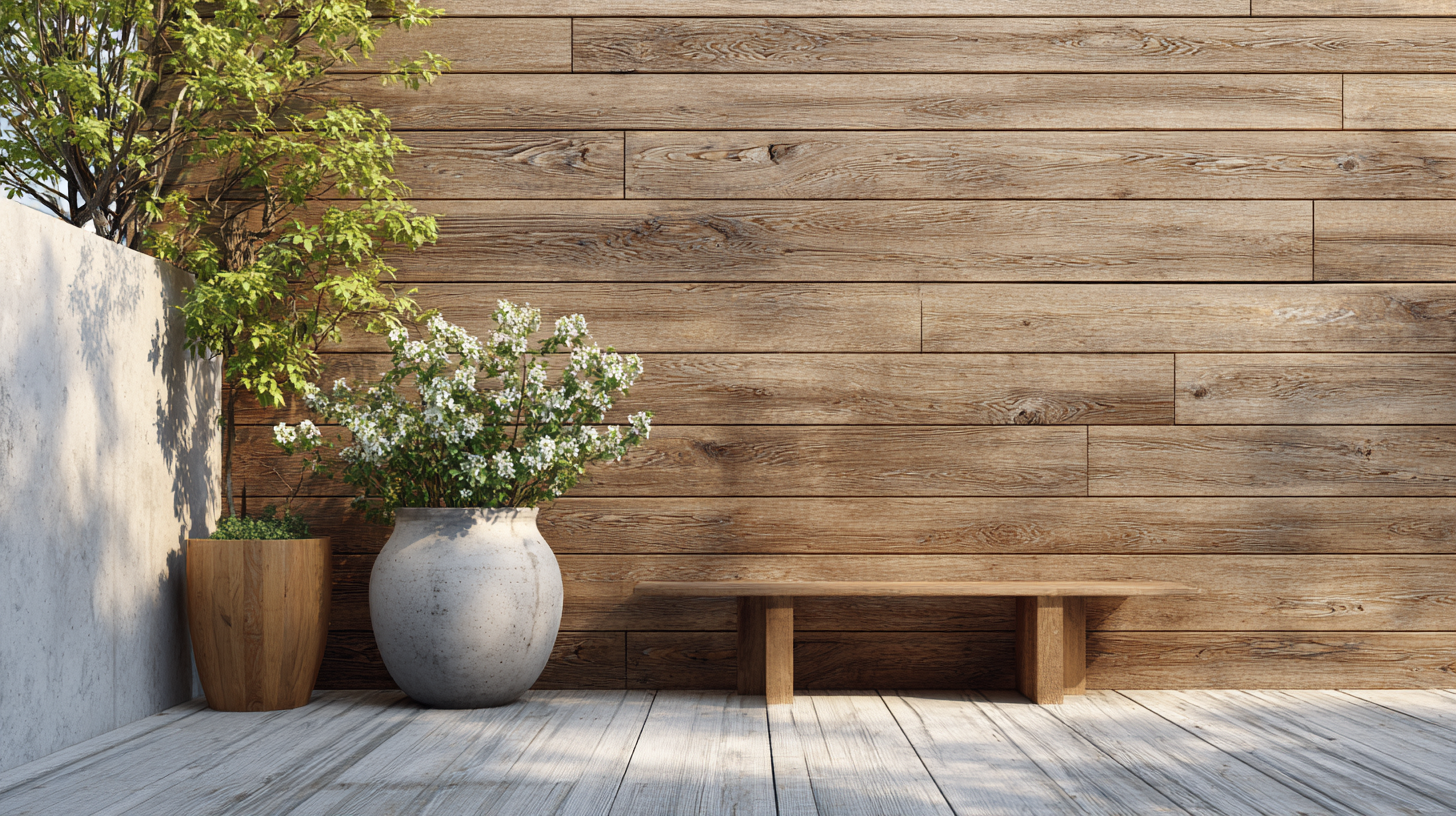
Texture is equally important when evaluating WPC wall cladding. The texture can vary from smooth finishes that lend a sleek, modern feel to embossed or rough textures that enhance the natural wood look. Textured surfaces can also provide additional aesthetic depth and interest, making the exterior more visually engaging. It’s essential to balance the texture with the desired color; for instance, a deep, textured cladding may create a robust and cozy appearance, while a smooth, light-colored finish can evoke a sense of spaciousness and freshness. Overall, thoughtfully selecting both color and texture can significantly elevate the beauty and character of your home's exterior.
When considering wall cladding options for your home, sustainability and durability stand out as critical factors. Wood-Plastic Composite (WPC) wall cladding, made from a blend of recycled plastic and wood fibers, offers an eco-friendly alternative to traditional materials like wood and vinyl. According to a report by the Global WPC Market, the market for WPC is anticipated to grow to over $7 billion by 2027, driven by increased awareness of sustainable building practices. This surge signifies a shift toward materials that not only reduce waste but also provide longevity in residential applications.
In terms of durability, WPC cladding outperforms conventional wood products, which are susceptible to mold, rot, and insect damage. A study conducted by the Forest Products Laboratory shows that WPC can last up to 25 years with minimal maintenance, while untreated wood may require replacement or significant upkeep within a decade. Furthermore, WPC is resistant to fading, ensuring that the aesthetic appeal of your home is maintained over time. By choosing WPC wall cladding, homeowners can achieve both a sustainable choice that benefits the environment and a durable solution that withstands the elements for years to come.
When considering WPC (Wood-Plastic Composite) wall cladding, understanding the cost implications is essential for effective budgeting. The initial installation cost of WPC cladding typically ranges from $3 to $7 per square foot, depending on the quality and design chosen. This is slightly higher compared to traditional wood or vinyl options, but the long-term maintenance benefits can make WPC an attractive choice. Industry reports indicate that WPC cladding can reduce maintenance costs by up to 30% over a 20-year period due to its resistance to rot, fading, and insects.
**Tips for Budgeting**: Always ask for a detailed breakdown of material and labor costs. Some installers provide a package deal that includes additional services like cleaning or sealing, which can save you money in the long run. Additionally, consider the energy efficiency of your chosen WPC cladding; textured surfaces can help regulate building temperature, potentially lowering heating and cooling costs.
Long-term maintenance plays a crucial role in the overall cost-effectiveness of WPC cladding. While it doesn’t require painting or staining like wood, it does need periodic cleaning and occasional sealing. Factoring in these costs can provide a clearer picture of WPC’s value over time. A study by the American Society of Landscape Architects found that homeowners using WPC products reported a satisfaction level exceeding 80%, attributing their choice to lower maintenance demands and superior durability.
